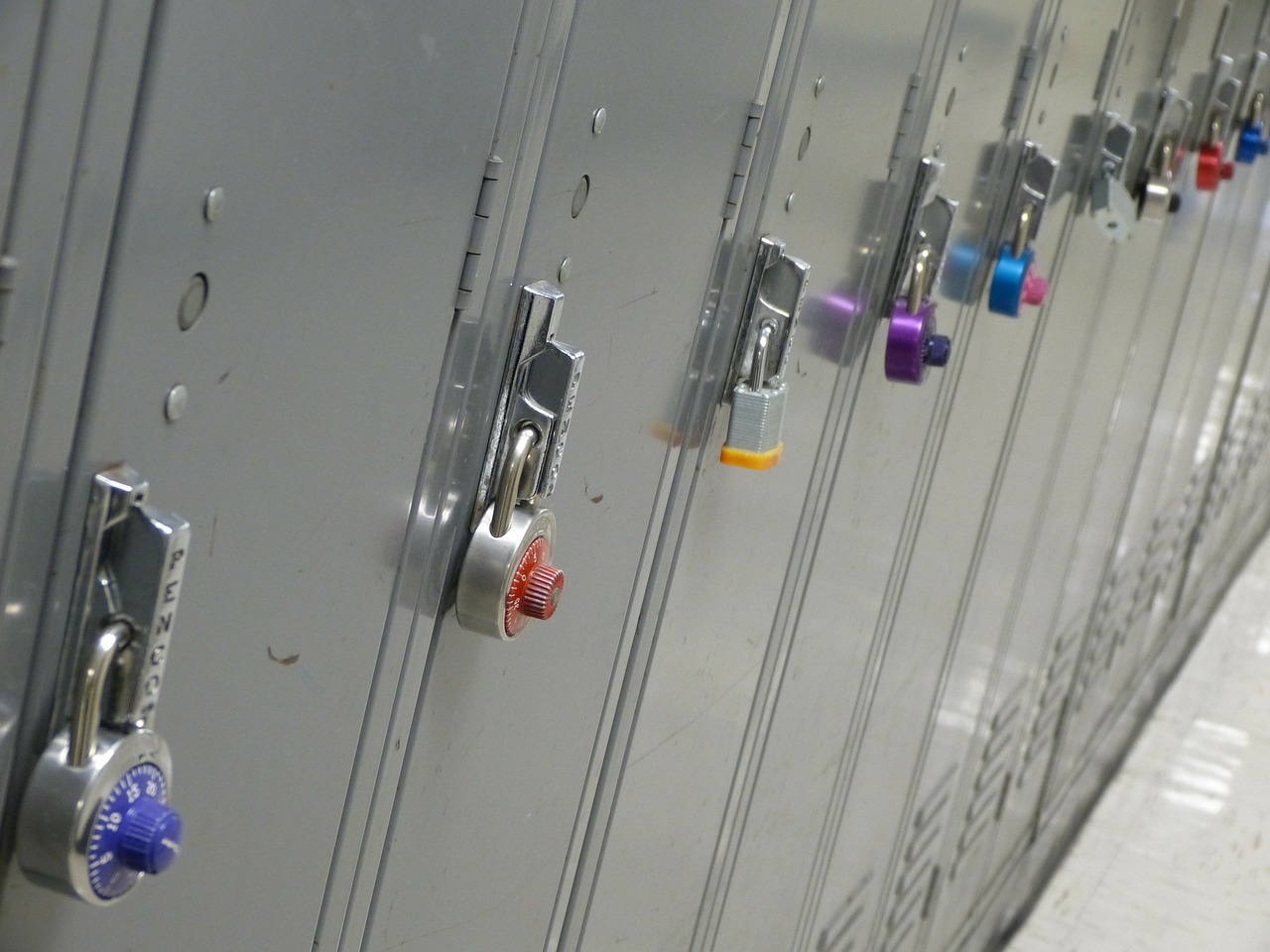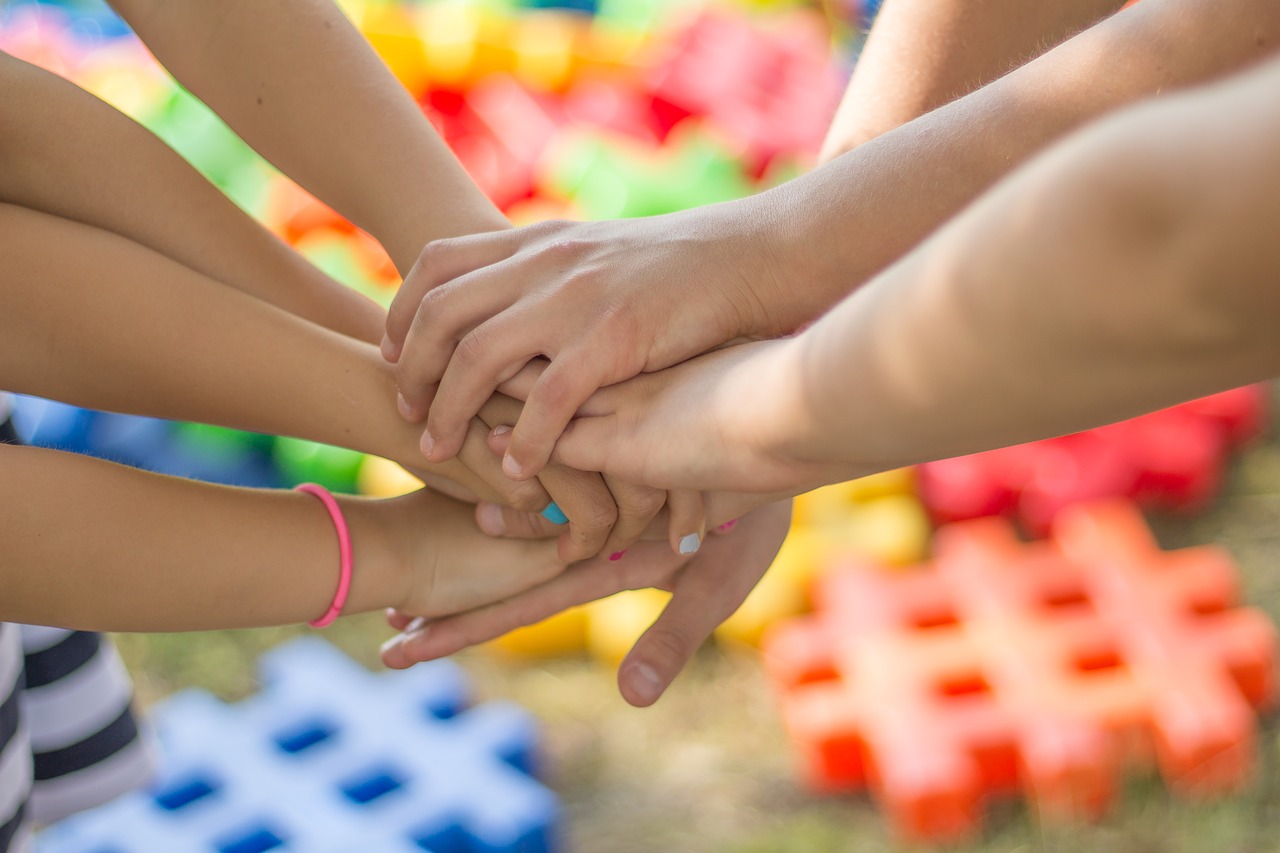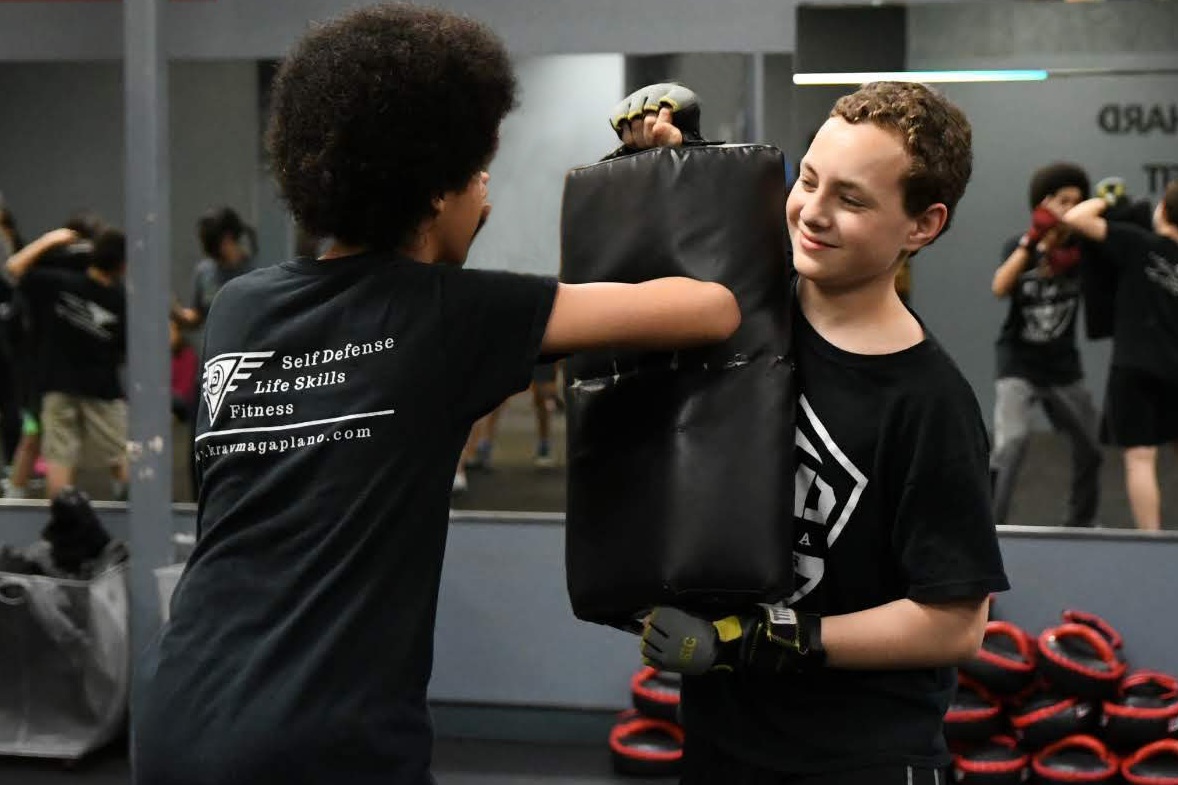
With summer coming to a close, it’s time for parents to start preparing for yet another exciting school year. Between school supply shopping, practices, and work, parents (and kids) find themselves facing the return to school with understandable anxieties regarding school safety. Making sure your child is safe at school isn’t solely the job of educators and staff. It takes a collaborative effort between us all – educators, parents, students, and emergency responders – to make our schools safer. The great news is that there are a number of things you can do to keep your child safe this year.
Krav Maga Dallas shares five tips to help both parents and children get ready to go back to school with confidence and security.

1. See something, say something: It isn’t just for adults.
Kids are discouraged from “tattling” all the time from their peers. It’s important that they understand that disclosing safety related information is important and in some cases it’s okay to tell. Talk with your kids about what to do if and when they see or hear concerning statements from other individuals. Emphasize to them that they aren’t being asked to make any judgements about whether something is dangerous, rather they’re being asked to disclose incidents, actions, and statements that are suspicious, weird or “off” in some way. Make sure they know the importance of listening to their gut feeling every time something feels odd. Discuss ways to report these incidents to adults properly. If your child does report anything to you, make sure to share it quickly, accurately, and confidentially, with school or law enforcement officials.

2. It’s 2019. Think before you post!
In this day and age, school-based threats of violence are often made, distributed and shared via social media. Talk with your kids about using social media wisely and definitely don’t be afraid to limit their use if necessary. A number of students have been arrested and charged after making social media threats which demonstrates that schools and law enforcement officials won’t be tolerating threats of violence from students. No joke is worth being fined, charged or expelled. In particular, make sure they understand that “jokes” related to shootings, bombs, or other violence are NOT acceptable and don’t have a place in school or on social media at all.

3. Plan for emergencies.
Laying out and discussing a family emergency plan can make all the difference if ever faced in a life threatening situation. Make sure your children know emergency contact information such as names, addresses, phone numbers, etc. They should also know and understand who is allowed to pick them up from school and how they should get in contact with you if anything were to occur. Ensure that the school has updated information for emergency contacts – and make it a point to update them every time it changes.

4. Advocate for school safety.
Make sure you and your children know their school’s emergency response protocols. Know the protocols, because panic almost always occurs in response to confusion and confusion can be eliminated with knowledge and preparation. Parents can be strong advocates for suggesting improvements in school safety. Don’t know where to start? Start thinking about and asking critical questions such as:
-
Are all of the staff members trained in various aspects of crisis response (medical emergencies, severe weather etc.), not just active shooter?
-
Are the school’s plans reviewed and revised each year? Does they deal with all hazards?
-
Have students been given all response training that is appropriate to their age and developmental level?
-
Has the school conducted a vulnerability risk assessment to identify potential threats and vulnerabilities around/throughout the facility?

5. Be active, not passive.
Regardless of age, your child needs to be an active participant in their own safety, especially against bullies at school. Too often, we have parents bring their children to self-defense classes after something has already happened at school. Being a passive bystander or someone waiting for help only encourages the bully to continue their antics and school districts are sub-par at controlling bullying-behavior. It is up to the child to defend themselves in those situations. Training in a self-defense program like Krav Maga will give your child confidence and security in knowing how to deal with bullies at school and most likely avoid the encounter all together.
If you’re searching for a unique, exhilarating and rewarding discipline that will teach your kids valuable lessons as they head into the real world, look no further. It’s no secret that kids can be vulnerable to danger, and Krav Maga is an invaluable tool for them to know what to do in case the worst-case scenario come true. It’s never too early to start teaching Krav Maga to children. The best offense is a good defense – Don’t wait for something to happen to your child. Be proactive and get them in training now.

